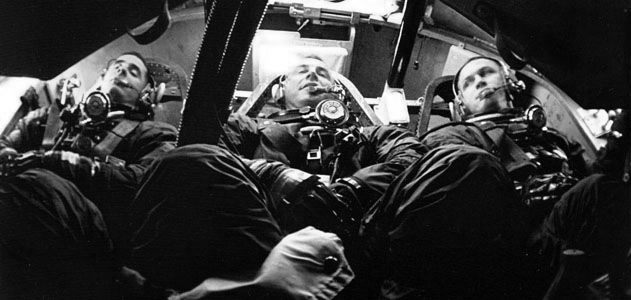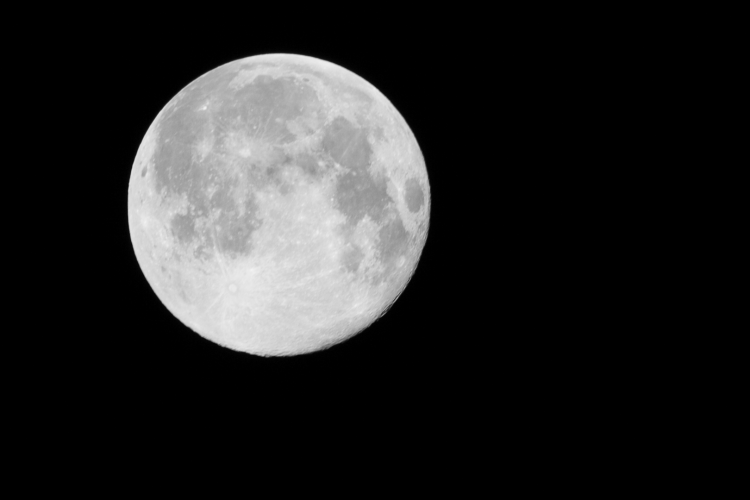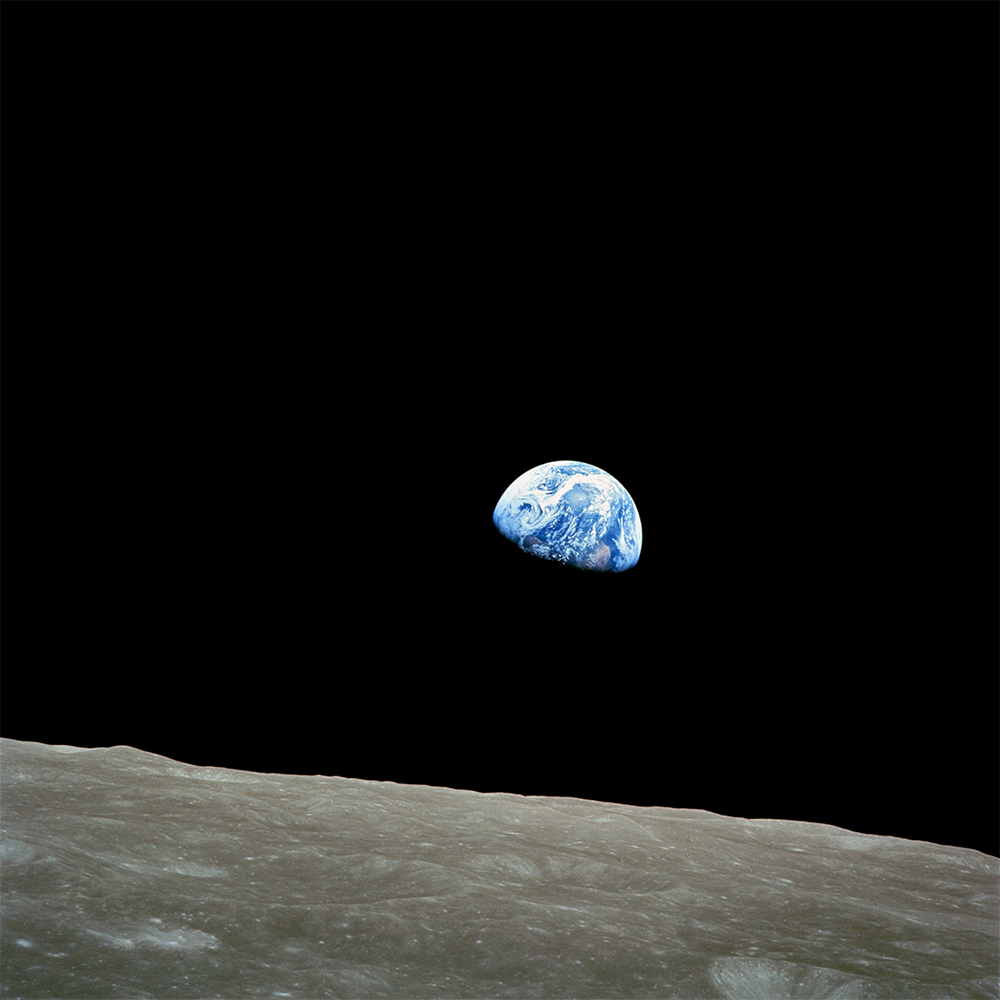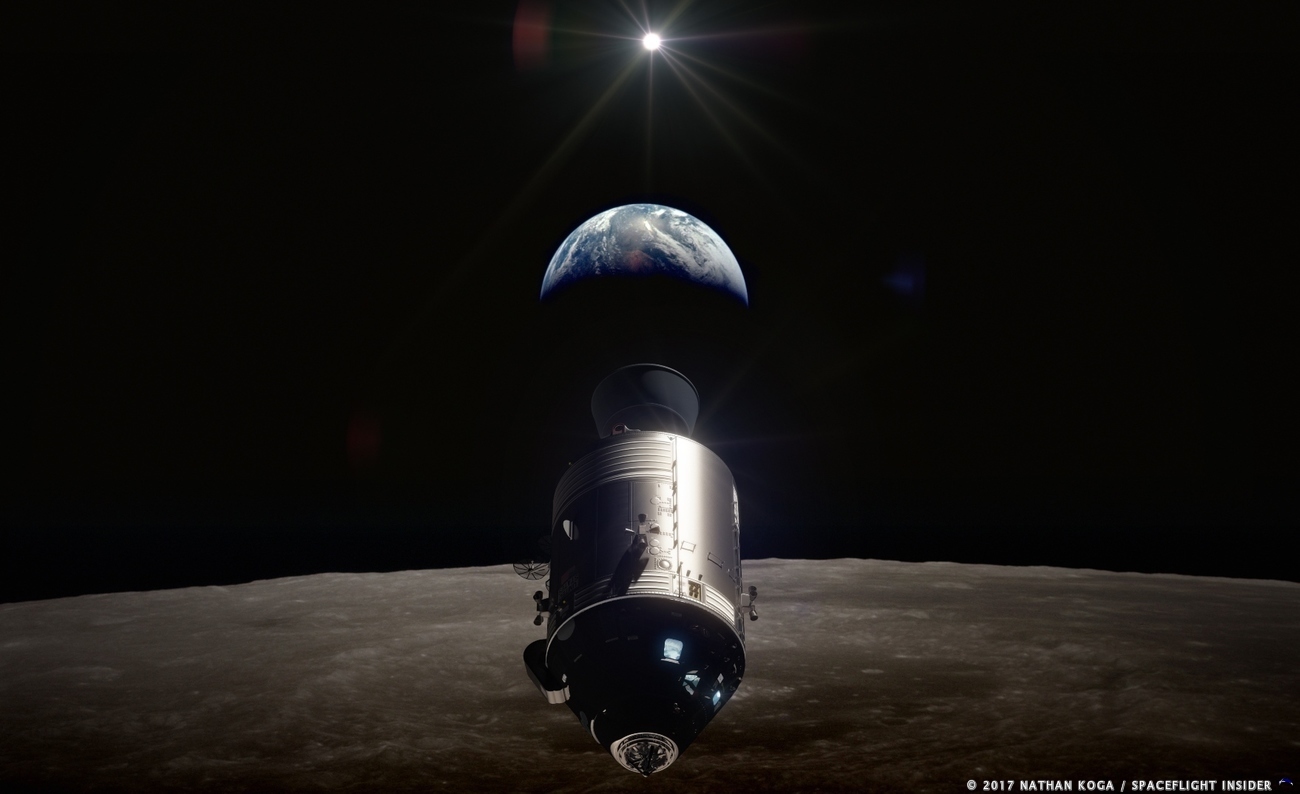Earth was photographed in color for the first time half a century ago by Apollo 8 astronaut William Anders. In the new section of our TeknoHistory column, we tell the story of the historical photograph, which has been 50 years since our loneliness hit us.
We call the time when the sun rises sunrise, and the time when it sets and leaves its place to the moon, we call it sunset. So, is there any other celestial body periodically “born” apart from the Sun on our only satellite, the Moon, where the concept of day is not valid? There is, and we live on it.
Our journey to the Moon, one of humanity’s greatest curiosities, was not that easy. Before landing on the surface, it was necessary to go there many times, to tour around it many times. Landing was difficult. When the dates showed December 21, 1968, it was a day that will never be forgotten.
NASA astronauts William Anders, James Lovel, and their commander, Frank Borman, prepare for the Apollo 8 mission, where they will go near the Moon for the first time:
Studies carried out up to that date had resulted in the failure of the first Apollo mission. On January 27, 1967, Gus Grissom, Edward White, and Roger Chaffee 3 NASA astronauts were tragically killed in a fire on the launchpad during a test.
The Apollo missions were like a suicide proclamation for the astronauts:

One of the most powerful launch rockets ever built on Earth, the Saturn V was used for the first time on Apollo 8. The Apollo shuttle had camera equipment to take images around the Moon.
All three astronauts had cameras, but the only equipment capable of taking color photographs was in the hands of William Anders.
The Saturn V rocket took its place on the Kennedy Space Center 39A launch with the Apollo 8 shuttle with a 3-person crew. The countdown has begun: 10, 9, 8, 7, …
Take off was smooth. The Saturn V shuttle had freed the Apollo 8 shuttle from gravity to launch towards the Moon, and had done its job.
Soaring towards the Moon, an average of 376,000 kilometers from Earth, Apollo 8 began its dark journey:

After the Saturn V’s ignition systems were separated, the tension-charged journeys of 3 people in the shuttle, which remained like a small tin can, started in this way.
The goal was to go into orbit after it got stuck in the Moon’s gravity and go back to home after a few laps:

After hours of relatively slow tense travel, Apollo 8 was able to reach Moon’s orbit as intended.
They became the first humans to see the dark side of the Moon:

The technology of the time was insufficient to receive a signal from a vehicle passing on the other side of the Moon. Because of this, communication between the shuttle and Earth was frequently cut off. When Apollo 8 was left alone with the dark side of the Moon, the 3 astronauts became the loneliest people in space. During this time, they did all the investigations they could of the dark surface.
Earthrise, the first color photograph of Earth taken from space:

In fact, the astronauts competed with each other to capture this frame. In fact, Commander Borman was actually the first person to theoretically take pictures there, but the color camera was in the hands of William Anders. Luckily, what do you do? 🙂 This is how Anders’ name was written in history.
On December 26, 1968, the return journey began:

With the limited amount of fuel in the shuttle, evading the Moon’s gravity was much easier than on Earth. Because it had to come out of its orbit, not its surface. It was very important to bring the data obtained after 10 lunar tours over days to Earth.
Apollo made a successful landing in the Pacific Ocean at 10:51 am on December 27, 1968:

His total vision time had reached 147 hours and 31 minutes. The astronauts had come to Earth again after 6 days of living face to face with death. The USS Yorktown rescue ship was 5,100 miles from Apollo 8, which was calculated. At 12:20 p.m. the rescue ship Apollo 8 reached the astronauts.
Let’s say goodbye with Carl Sagan’s words from his book Pale Blue Dot, another historical Earth photograph:
See you in another TechnoHistory article, stay tuned 🙂
